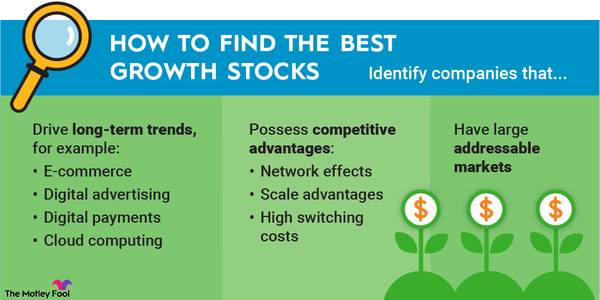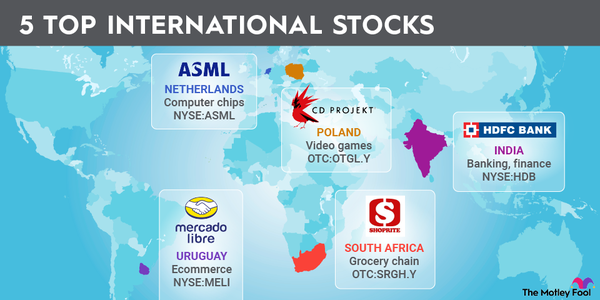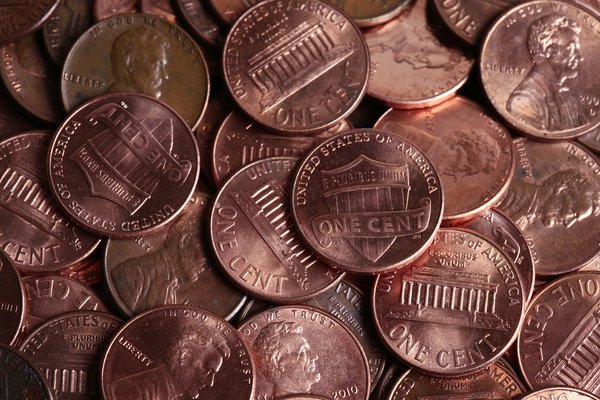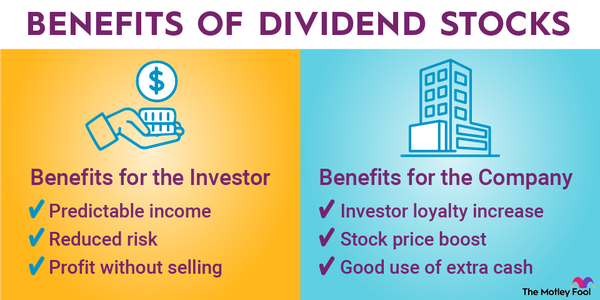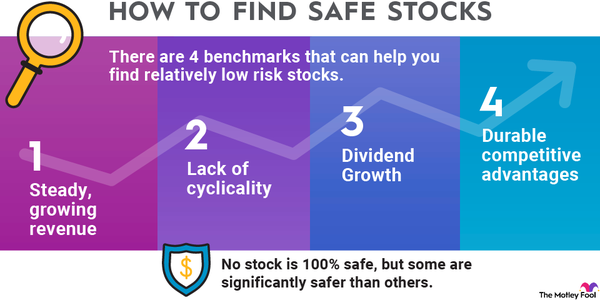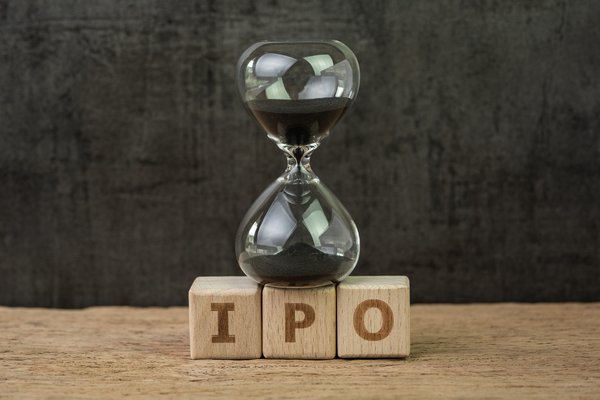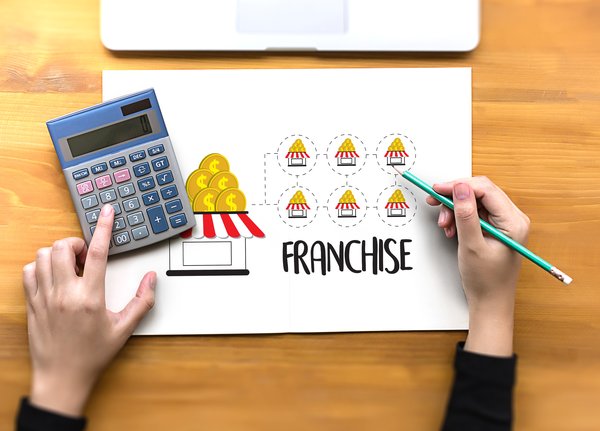Businesses looking to raise money by selling stock may offer one of two different kinds: common stock or preferred stock. Both can be worthwhile investments, and you can find both types of stock on major exchanges.
The main difference between preferred stock and common stock is that preferred stock acts more like a bond with a set dividend and redemption price, while common stock dividends are less guaranteed and carry more risk of loss if a company fails. Of course, there's far more potential for stock price appreciation with common stock.
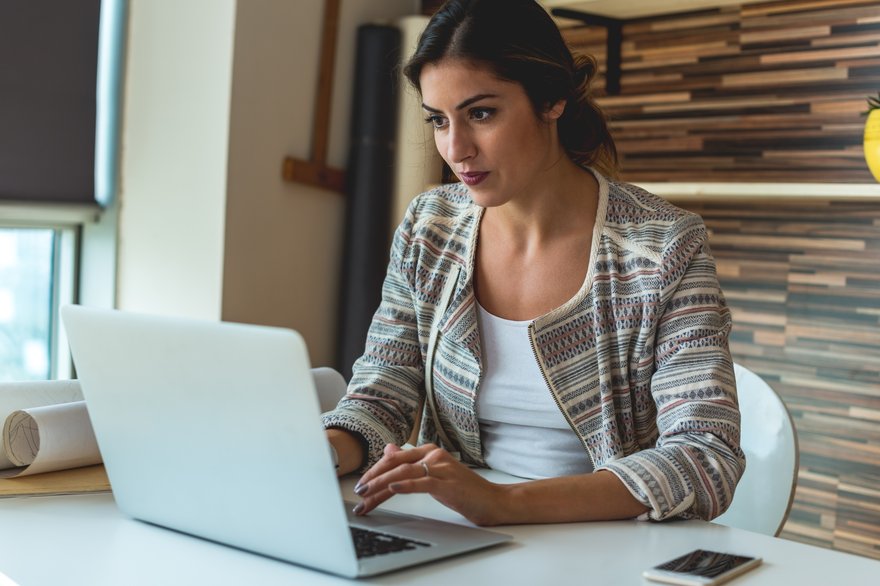
Even though the name might suggest preferred stock is the better investment, the better choice depends on your objective: income now or long-term returns for the future. The table below shows the key differences between common and preferred stock.
| Factor | Common Stock | Preferred Stock |
|---|---|---|
| Upside potential | Almost unlimited | Limited to redemption value, except for convertible preferred |
| Downside risk | Can fall to $0 | Can fall to $0 but is less likely to do so |
| Share price volatility | More dramatic movements | Less dramatic movements |
| More suitable for | Long-term growth investors | High-yield dividend investors |
| Number of classes of stock | Usually one but sometimes more if there's a need for special voting rights | Often multiple, with no limit on how many a company can issue |
Common stock
Common stock
Common stock gives investors an ownership stake in a company. Many companies exclusively issue common stock, and there's a lot more common stock selling on stock exchanges than preferred stock.
Investors holding common stock typically have the right to vote on the company's board of directors and to approve major corporate decisions, such as mergers. Some companies have multiple classes of common stock, with different classes having more voting power than others.
The most attractive feature of common stock is that it's an ownership stake in the company. Its value can rise dramatically over time as a company grows bigger, more profitable, and more valuable. This can create enormous returns for investors. For example, here's how much Apple (AAPL -1.67%) stock has gone up since going public:
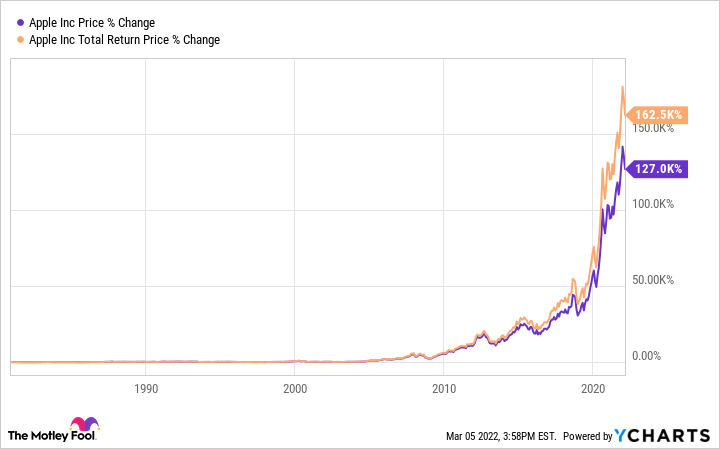
A $1,000 investment in Apple's IPO would be worth $127,000 at recent prices (as of March 2022); add in the dividends it has paid, and the total return goes to $162,500. There have also been times when Apple shares have fallen sharply over shorter periods. This is part of the risk with common stock, which is far more volatile than preferred stock.
In addition to the risk of losses due to volatility in the short term, common shareholders, as the owners of the company, are last in line to get anything if a company fails. Lenders, suppliers, bond and other debt holders, and preferred stock owners are all ahead of common shareholders because the company has a contractual obligation to pay them first. A common shareholder's willingness to take on the risk of losses if things go badly is offset by the potential for big returns if things go well.

Preferred stock
Preferred stock
Preferred stock often works more like a bond than common stock does. Preferred stock dividend yields are often much higher than dividends on common stock and are fixed at a certain rate, while common dividends can change or even get cut entirely. Preferred stock also has a set redemption price that a company will eventually pay to redeem it. This redemption value, like a bond at maturity, limits how much investors are willing to pay for preferred shares.
The label "preferred" comes from three advantages of preferred stock:
- Preferred stockholders are paid before (get preference over) common stockholders receive dividends.
- Preferred shares have a higher dividend yield than common stockholders or bondholders usually receive (very compelling with low interest rates).
- Preferred shares have a greater claim on being repaid than shares of common stock if a company goes bankrupt.
In other words, they're really "preferred" by investors looking for a more secure dividend and lower risk of losses.
The two main disadvantages with preferred stock are that they usually have no voting rights, and they have limited potential for capital gains. A company may issue more than one class of preferred shares. Each class can have a different dividend payment, a different redemption value, and a different redemption date.
Companies can also issue convertible preferred stock. In addition to the normal attributes of preferred stock, convertible preferred stock gives shareholders the right to convert preferred shares into common stock under certain circumstances.
Most investors buy stocks for long-term growth, so investing in common stock is usually the better choice because of the greater upside potential. The key is to consider your ability and willingness to hold the stock for many years and ride out volatility that can lead to losses if you sell in a downturn.
If your goal is generating income, preferred stock may be the type you're looking for, especially when interest rates are low, resulting in lower yields for the safest bonds. With fixed dividend payouts that are more reliable and usually higher than common stock dividends, they can be very attractive. Just remember that although preferred stock is safer than common shares, it's still not as secure as a bond.










